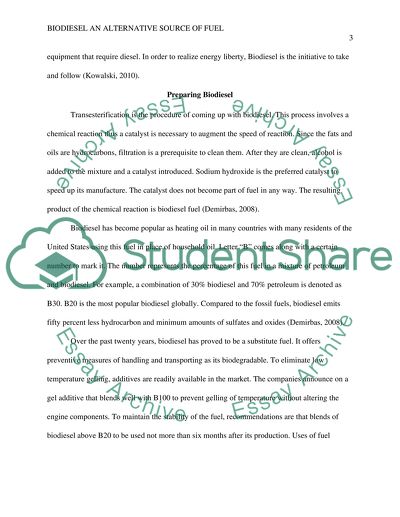Cite this document
(“Biodiesel an Alternative Source of Fuel Research Paper”, n.d.)
Biodiesel an Alternative Source of Fuel Research Paper. Retrieved from https://studentshare.org/environmental-studies/1434716-write-a-research-paper-about-an-alternative-fuel
Biodiesel an Alternative Source of Fuel Research Paper. Retrieved from https://studentshare.org/environmental-studies/1434716-write-a-research-paper-about-an-alternative-fuel
(Biodiesel an Alternative Source of Fuel Research Paper)
Biodiesel an Alternative Source of Fuel Research Paper. https://studentshare.org/environmental-studies/1434716-write-a-research-paper-about-an-alternative-fuel.
Biodiesel an Alternative Source of Fuel Research Paper. https://studentshare.org/environmental-studies/1434716-write-a-research-paper-about-an-alternative-fuel.
“Biodiesel an Alternative Source of Fuel Research Paper”, n.d. https://studentshare.org/environmental-studies/1434716-write-a-research-paper-about-an-alternative-fuel.


